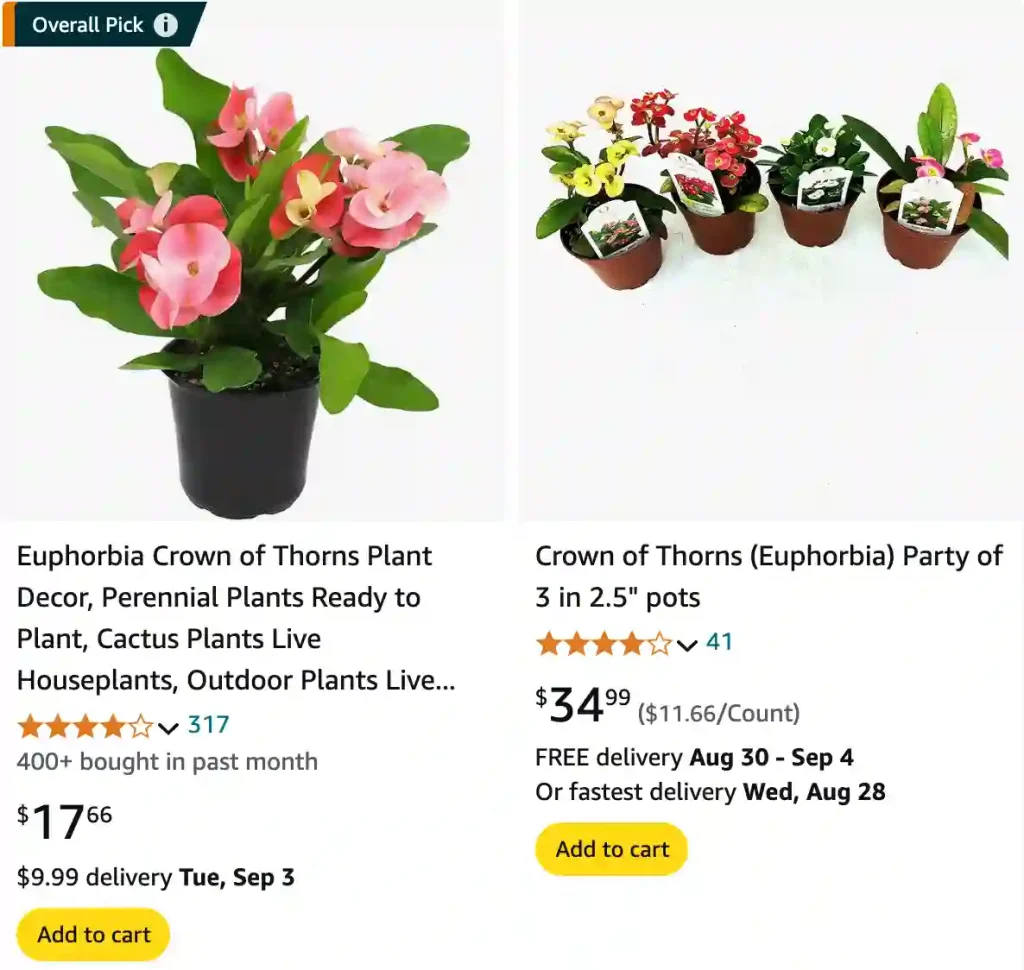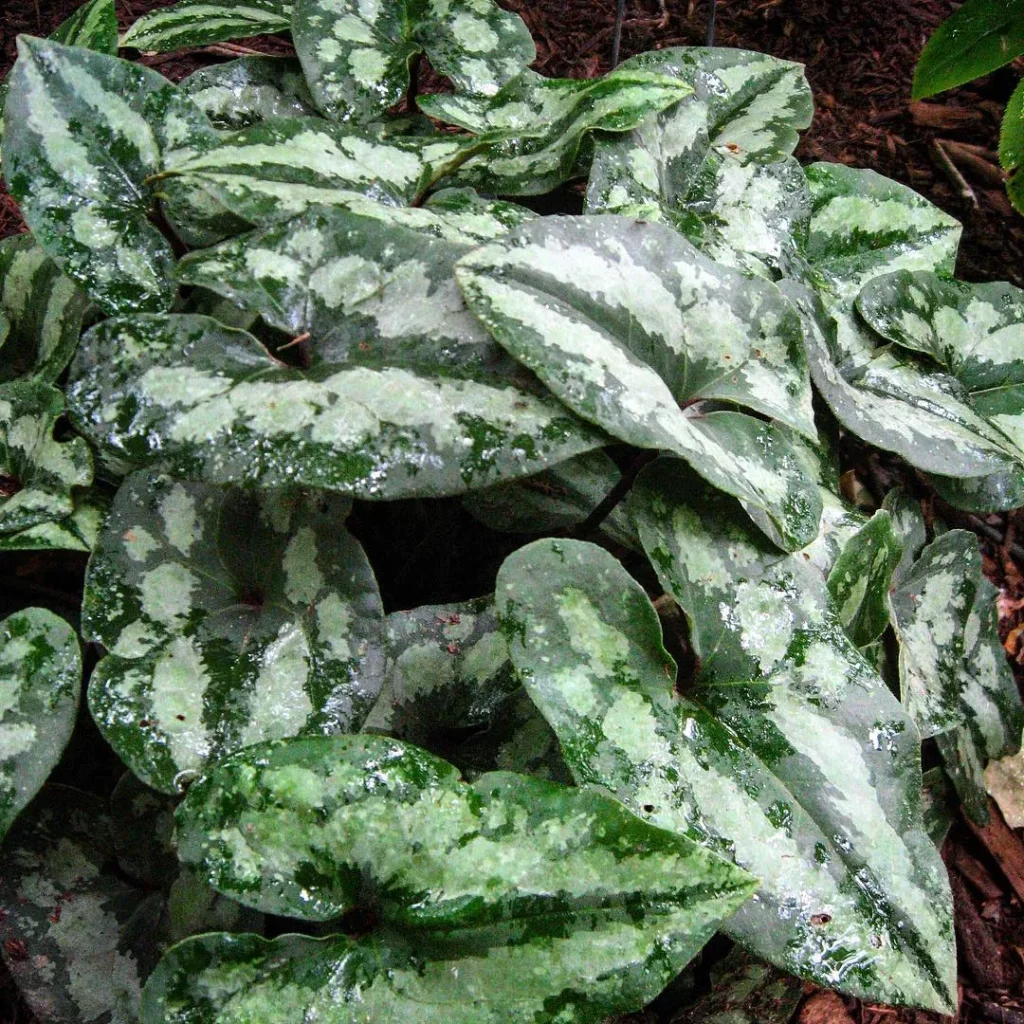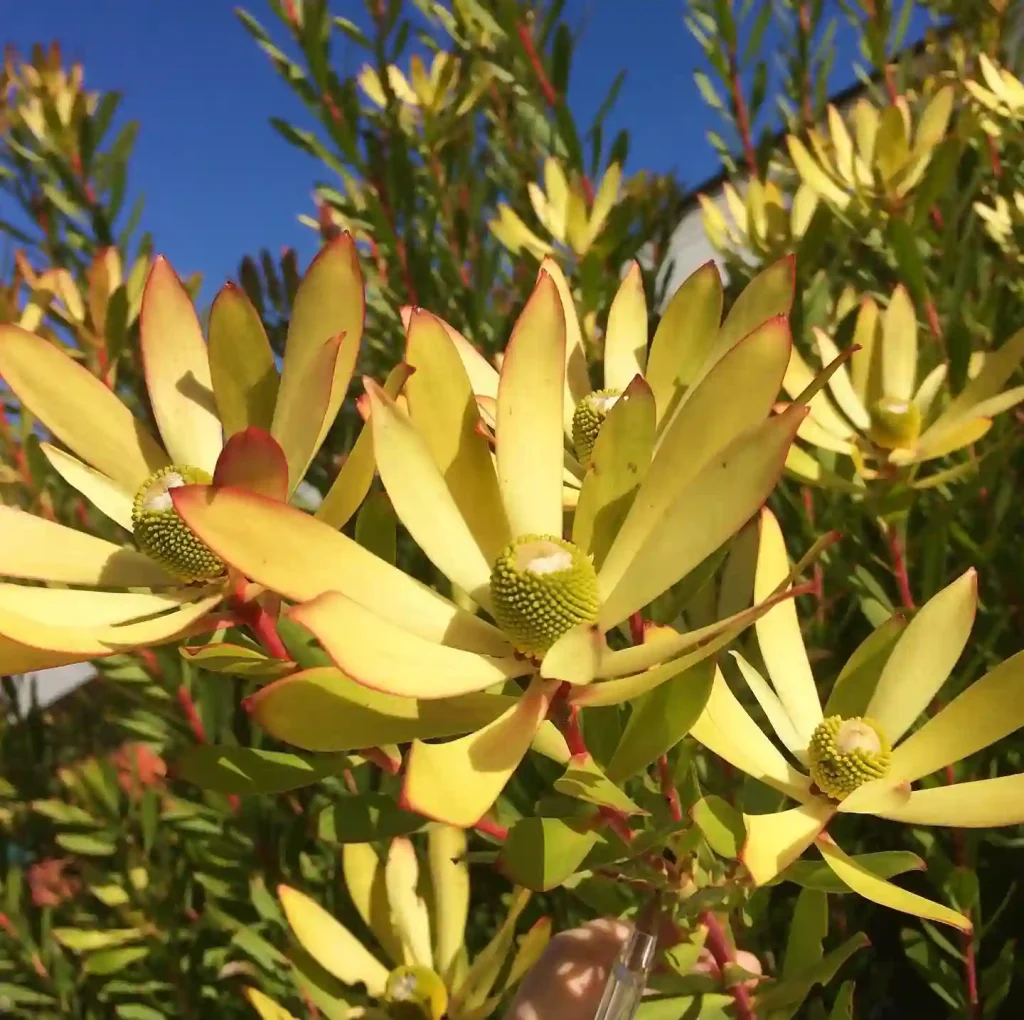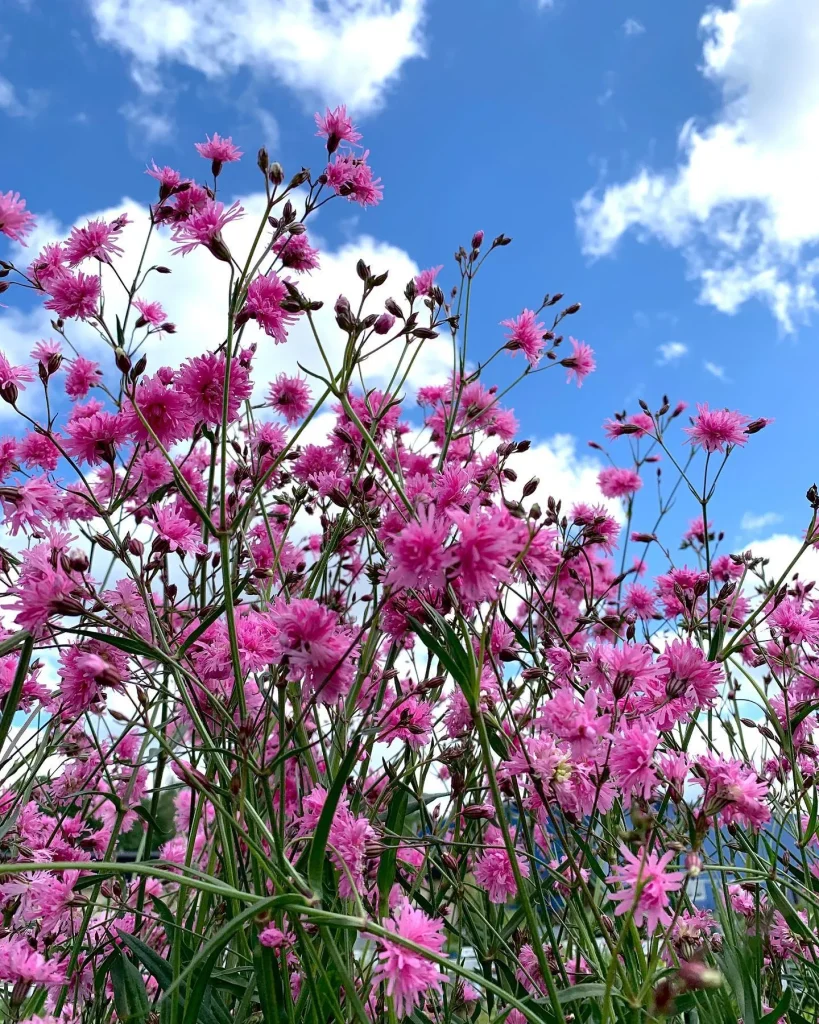
Crown of Thorns Plant FAQs: Your Ultimate Guide
If you’re like me, you’ve probably come across the Crown of Thorns plant and found its unique appearance fascinating. Also known as Euphorbia Milii, this plant is a popular choice for many gardeners due to its resilient nature and attractive blooms. Over time, I’ve received numerous questions about this plant, and I thought it would be helpful to compile a list of frequently asked questions to help you care for your Crown of Thorns plant.
2093 Species in Genus Euphorbia
What Is a Crown of Thorns Plant?
The Crown of Thorns plant, scientifically known as Euphorbia Milii, is a succulent that originates from Madagascar. It gets its name from the long, sharp thorns that cover its stems, resembling the crown worn by Jesus during the crucifixion. The plant is known for its bright, colorful bracts, which are often mistaken for flowers. These bracts can be red, pink, white, or yellow, and they add a splash of color to any garden or indoor space.
How to Care for a Crown of Thorns Plant?
Caring for a Crown of Thorns plant is relatively easy, making it a great choice for beginners. Here are some tips based on my experience:
- Light: Crown of Thorns plants thrive in bright, direct sunlight. Place your plant in a sunny window or an outdoor spot where it can receive at least 6 hours of sunlight daily.
- Watering: This plant is drought-tolerant, so it’s crucial not to overwater it. Water your Crown of Thorns plant when the top inch of soil feels dry. In my experience, watering every two weeks works well, but this can vary depending on your local climate and the season.
- Soil: A well-draining soil mix is essential to prevent root rot. I recommend using a cactus or succulent mix, which allows excess water to drain away quickly.
- Temperature and Humidity: The Crown of Thorns plant prefers warm temperatures, ideally between 65-75°F (18-24°C). It can tolerate lower humidity levels, making it perfect for indoor environments.
- Fertilizing: Feed your plant with a balanced, water-soluble fertilizer every month during the growing season (spring and summer). I usually dilute the fertilizer to half-strength to avoid overfeeding.
How to Save a Dying Crown of Thorns Plant?
If your Crown of Thorns plant looks like it’s on its last legs, don’t panic. Here are some steps you can take to save it:
- Check the Soil Moisture: Overwatering is a common issue. Make sure the soil is dry before watering again. If the soil is waterlogged, consider repotting your plant in fresh, dry soil.
- Inspect for Pests: Look for signs of pests such as spider mites, aphids, or mealybugs. If you find any, treat your plant with insecticidal soap or neem oil.
- Provide More Light: If the plant is losing leaves or looking leggy, it might not be getting enough light. Move it to a brighter location.
- Pruning: Remove any dead or damaged stems to encourage new growth. Pruning also helps the plant focus its energy on healthy parts.
Can I Cut Back My Crown of Thorns Plant?
Yes, you can cut back your Crown of Thorns plant, and in fact, pruning is beneficial. Regular pruning helps maintain the plant’s shape and encourages bushier growth. Use sharp, clean scissors or pruning shears to cut back any overgrown or damaged stems. Always wear gloves when handling the plant to avoid contact with the toxic sap and sharp thorns.
How Big Does a Crown of Thorns Plant Get?
Crown of Thorns plants can grow quite large if given the right conditions. Typically, they can reach a height of 3-6 feet (1-2 meters) and spread about 2-3 feet (0.6-0.9 meters) wide. However, their size can be controlled with regular pruning and by keeping them in smaller pots.
How Often Should I Water My Crown of Thorns Plant?
As a succulent, the Crown of Thorns plant doesn’t need frequent watering. Overwatering can lead to root rot, so it’s better to err on the side of underwatering. I find that watering every two weeks is sufficient during the growing season. In the winter, you can reduce watering to once a month.
How to Repot a Crown of Thorns Plant?
Repotting is essential for maintaining the health of your Crown of Thorns plant. Here’s how I do it:
- Choose a Pot: Select a pot that is one size larger than the current one. Ensure it has drainage holes to prevent waterlogging.
- Prepare the Soil: Use a well-draining cactus or succulent soil mix.
- Remove the Plant: Gently remove the plant from its current pot. Be careful not to damage the roots.
- Repot: Place the plant in the new pot and fill it with soil, leaving some space at the top. Water lightly after repotting.
Where to Buy a Crown of Thorns Plant Near Me?
You can find Crown of Thorns plants at most local garden centers and nurseries. They are also available online through various plant retailers. Before purchasing, ensure the plant is healthy, with no signs of pests or diseases.
Crown of Thorns vs Coral?
Both Crown of Thorns and Coral plants are succulents, but they have some differences. The Crown of Thorns is known for its thorny stems and colorful bracts, while Coral plants (Euphorbia lactea) have a more tree-like structure with fewer thorns. Both are easy to care for, but the Crown of Thorns is more popular for its vibrant blooms.
Common Problems with Crown of Thorns Plants
Some common issues I’ve encountered with Crown of Thorns plants include yellowing leaves, which often indicate overwatering, and pests such as spider mites. These plants can also suffer from root rot if the soil doesn’t drain well. Addressing these issues early can save your plant from further damage.
Is the Crown of Thorns Plant Toxic?
Yes, the Crown of Thorns plant is toxic to both humans and pets. Its sap contains a substance that can cause skin irritation and, if ingested, can lead to gastrointestinal problems. Always handle the plant with care, wearing gloves when pruning or repotting.
Benefits of Growing a Crown of Thorns Plant
Despite its toxicity, the Crown of Thorns plant has several benefits. It’s low-maintenance, drought-tolerant, and produces beautiful blooms year-round. This plant is also a great choice for adding a touch of greenery to both indoor and outdoor spaces.
The Crown of Thorns plant is a resilient and visually appealing addition to any plant collection. By following these care tips, you can ensure your plant thrives and brings beauty to your home for years to come.
If i die, water my plants!



